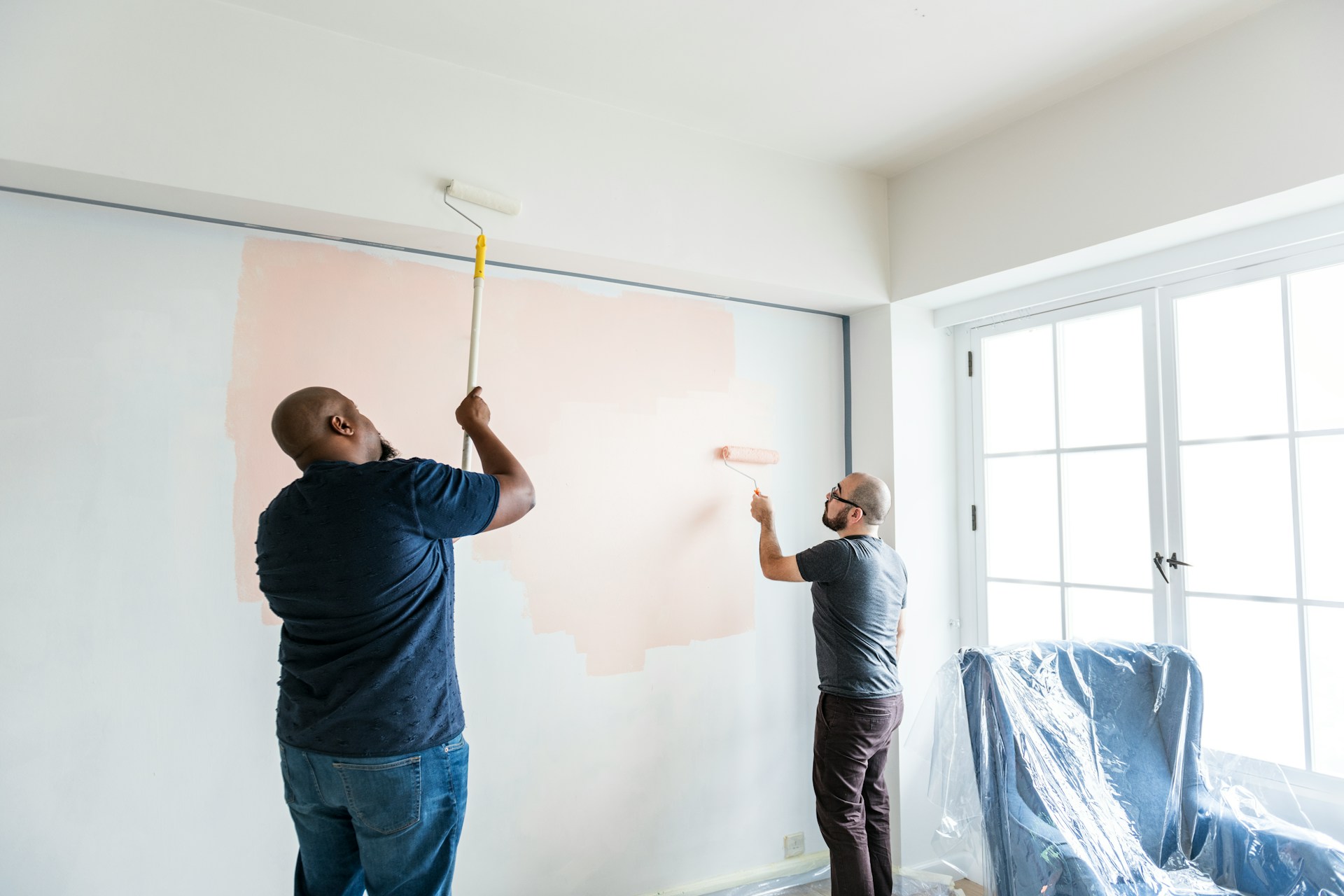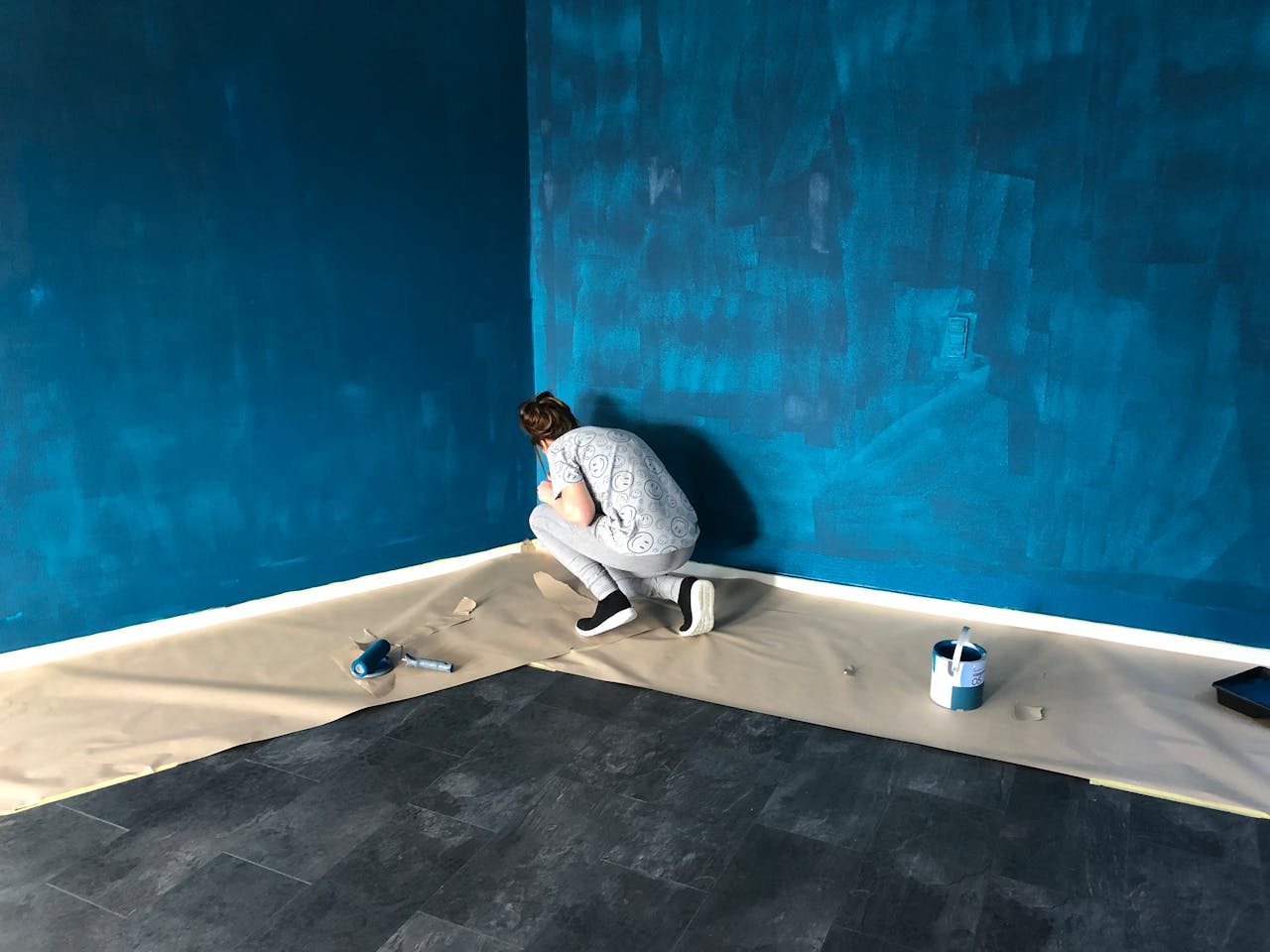When it comes to painting the interior or exterior of your Davis, CA home, dealing with textured surfaces can present unique challenges compared to smooth surfaces. Textured surfaces, such as stucco, brick, or textured wood, require special preparation and application techniques to ensure a professional, seamless finish that enhances your home’s visual appeal and ensures lasting results.
In this comprehensive guide, we will explore the art of painting textured surfaces by discussing the necessary preparation steps, application techniques, and essential tools to achieve an exceptional outcome. Leveraging the expertise and experience of a professional painting company like Alan’s House Painting, we will provide valuable insights to help you approach your textured surface painting project with confidence.
With a reputation for delivering high-quality, customized painting solutions, Alan’s House Painting can be your trusted partner in navigating the complexities of painting textured surfaces. Their commitment to outstanding service, expert craftsmanship, and attention to detail will guarantee that your project results in a flawless, beautiful finish that transforms your Davis, CA home.
Take on the challenge of painting textured surfaces in your Davis, CA home with determination and skill, and rely on the expert guidance of Alan’s House Painting to deliver tailored solutions and support throughout the process. Embrace the art of painting textured surfaces to achieve a stunning, seamless result that enhances your home’s beauty while providing lasting protection and satisfaction.
The Art of Painting Textured Surfaces: Tips and Techniques for a Flawless Finish
Preparation: The Foundation for Success
Proper preparation is key to achieving a successful painting outcome on textured surfaces. Before you begin, it’s necessary to address any damage, clean the surface thoroughly, and select the correct primer. Here are the crucial steps to prepare textured surfaces for painting:
1. Surface Repair: Inspect the surface for any damage such as cracks, gaps, or crumbling. Repair these issues using appropriate materials, such as caulk for minor cracks and stucco patch or fillers for larger gaps.
2. Surface Cleaning: Remove dirt, dust, and debris from the surface with water and mild detergent. If dealing with mold or mildew, use a mixture of bleach and water to eliminate the growth and prevent future occurrences. Allow the surface to dry completely before proceeding.
3. Priming: Apply a high-quality primer suitable for the specific textured surface, such as a masonry primer for stucco or brick. Priming will improve adhesion, enhance the paint’s durability, and help achieve a consistent color.
Selecting Appropriate Paint and Tools
Choosing the right paint and tools for your textured surface painting project is essential to maximizing efficiency and achieving a smooth, professional finish. Consider the following factors when selecting your materials:
1. Paint Type: Choose a high-quality paint specifically designed for textured surfaces. Opt for an acrylic or latex-based paint, which is more flexible and will better adhere to uneven surfaces, preventing peeling or cracking.
2. Paint Sheen: For exterior textured surfaces, it’s advisable to use a flat or low-sheen paint, as shinier finishes may highlight imperfections. For interiors, select a sheen level based on the desired appearance and functionality of the space.
3. Tools: The right tools make a significant difference when painting textured surfaces. For best results, use high-quality brushes and rollers designed for textured surfaces. Brushes with longer bristles and rollers with a thicker nap will better reach into the texture’s crevices, ensuring proper coverage and a uniform finish.
Application Techniques for Textured Surfaces
The application technique is crucial when painting textured surfaces. Consider these expert tips for achieving a flawless finish:
1. Load the Brush or Roller Correctly: To ensure even coverage, load your brush or roller with enough paint to cover the textured surface without dripping. Apply paint with firm, even pressure to reach all the nooks and crannies of the surface.
2. Work in Small Sections: When painting textured surfaces, work in smaller sections to maintain control and ensure a consistent finish. Apply paint to one area and then immediately move on to the adjacent area, overlapping the wet paint edges to prevent lap marks.
3. Apply Multiple Coats: Textured surfaces often require multiple coats of paint to achieve complete coverage and a uniform appearance. Allow each coat to dry thoroughly before applying additional coats, as per the manufacturer’s instructions.
4. Cross-Hatching Technique: To prevent roller marks, use the cross-hatching technique, which involves rolling paint onto the surface in a series of overlapping “X” or “W” patterns, maintaining a consistent pressure throughout. This technique helps ensure proper coverage and a more even finish.
Special Considerations for Specific Textured Surfaces
Different textured surfaces may require unique techniques to achieve optimal results. Keep the following considerations in mind when working with specific textures:
1. Stucco: To ensure proper coverage in the grooves of stucco, use a brush to “cut in” around edges and “stab” paint into deeper recesses. Follow up with a roller to cover larger areas and smooth the paint’s application.
2. Brick: When painting bricks, use a brush to fill the mortar joints, and then use a roller for the brick’s face. For deeply-textured bricks, consider using an airless paint sprayer for an even application and optimal coverage.
3. Wood: For textured wood surfaces, apply paint in the direction of the wood grain with a brush or roller, covering any knots or grooves. Make sure to use a primer and paint designed for use on wood to ensure excellent adhesion and durability.
The Role of Professional Expertise
While it’s possible to tackle the challenge of painting textured surfaces independently, enlisting the help of a professional painting company like Alan’s House Painting can ensure flawless, lasting results and save time, effort, and stress in the process.
1. Skills and Expertise: Professional painters possess the necessary skills, knowledge, and experience to address the unique challenges of painting textured surfaces, delivering seamless finishes that enhance your home’s beauty and longevity.
2. Time and Resource Efficiency: By entrusting your project to experts, you can save time and effort, allowing you to focus on other priorities while ensuring that your home receives the highest-quality paint job possible.
3. Custom Recommendations: Alan’s House Painting tailors its services to each client’s specific needs, offering personalized advice on paint selection, application techniques, and maintenance for your textured surface project.
Conclusion
Mastering the art of painting textured surfaces requires attention to preparation, selecting appropriate materials, and employing specialized application techniques. By following these expert tips and leveraging the guidance of professional exterior house painters from Alan’s House Painting, you can ensure a flawless finish for your Davis, CA home. Trust in their experience and commitment to excellence to transform your textured surfaces seamlessly, creating a stunning, lasting result for your home.





